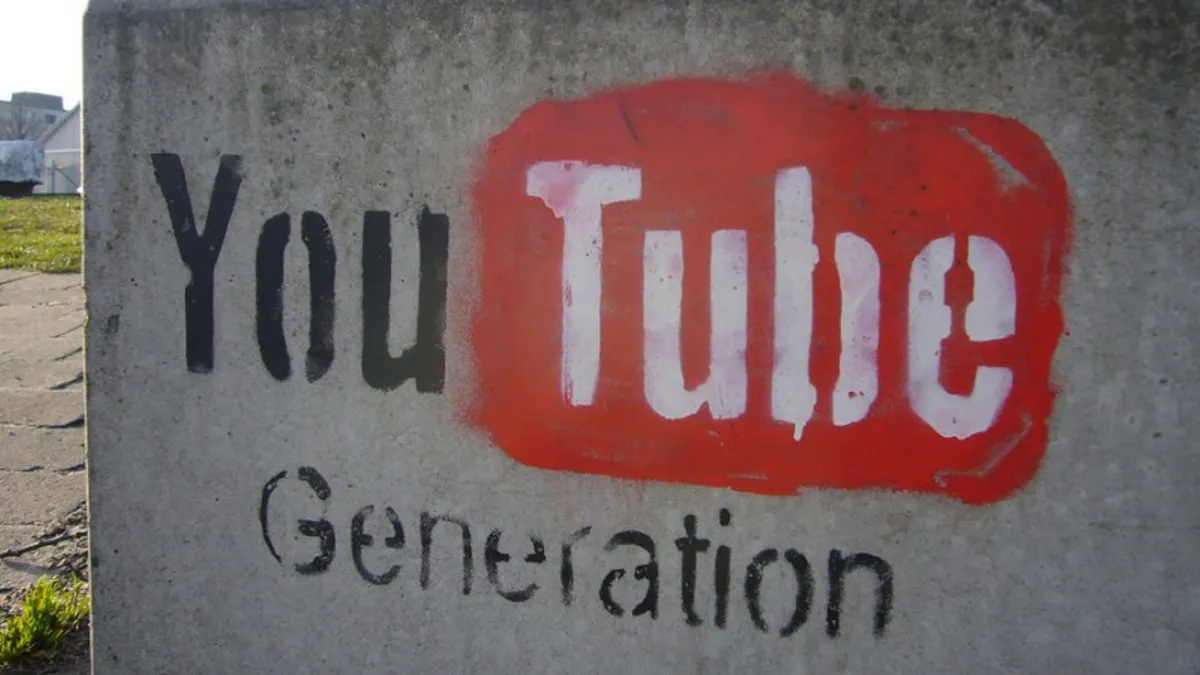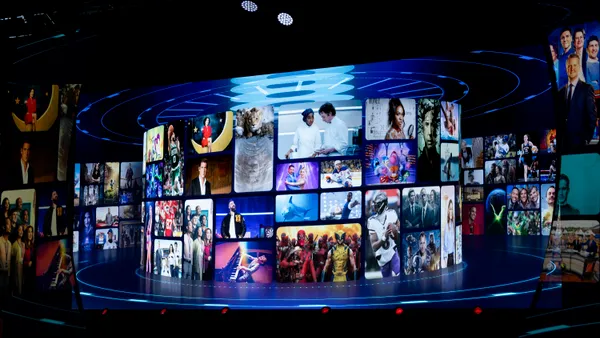Dive Brief:
- Google's YouTube announced a major shift in how ads are run on its platform in a blog post Thursday. Channels will now be required to reach 10,000 "lifetime" (or total aggregate) views before ads can run on them. Even once a page hits the 10,000 view threshold, YouTube will review the channel against its policies.
- The post points to the abuse of people re-uploading other channels' content in order to generate revenue as a reason for the policy change. YouTube also said it is making it easier to report imposters and that it has terminated "hundreds of thousands" of channels in violation of its policy.
- YouTube's move comes as a number of big-name marketers, both in the U.S. and abroad, continue to freeze their spend on the platform over concerns that ads run are appearing next to offensive content, including that supporting terrorism and hate speech. However, The Wall Street Journal reports that YouTube has had this policy change in the works since November.
Dive Insight:
While YouTube claims the shift was in motion long before "brand safety" rose to top of mind, it really couldn't come at a more opportune time for the platform. Stoppering low-visibility YouTube content from being monetized might better weed out some of the toxic videos brands are currently fretting over and subsequently convince them to resume their ad spend.
Additionally, introducing a more human-checked element to qualify the pages that receive requisite view counts inevitably removes some of the burden of whitelisting individual channels from brands and their agencies.
The move also follows reports that a tech-driven solution for tagging potentially offensive video content being tested by Google is easily fooled and therefore ineffective for now.
Where the policy change will inevitably be more controversial is with the content creators themselves, who now have to attain healthy viewerships before they can hope to make any revenue for their efforts. YouTube creators, even the big-name ones, are already taking a direct hit to income amid the advertiser boycott, but fledglings on the platform might be scared off due to a more heavily vetted process or the inability to make any money at the start.
PewDiePie, one of YouTube's largest and most successful creators, deemed the entire situation, brand boycotts and all, an "adpocalypse," according to Ad Age. Of course, PewDiePie, whose real name is Felix Kjellberg, was also one of the flashpoints for starting the conversations around brand safety on YouTube after Disney's Maker Studios dropped him over videos deemed anti-Semitic in nature.
Ad Age noted that PewDiePie's "adpocalypse" video was "almost immediately" removed from being public on YouTube because Kjellberg "pretended to shoot himself in the head over the loss of ad revenue."












